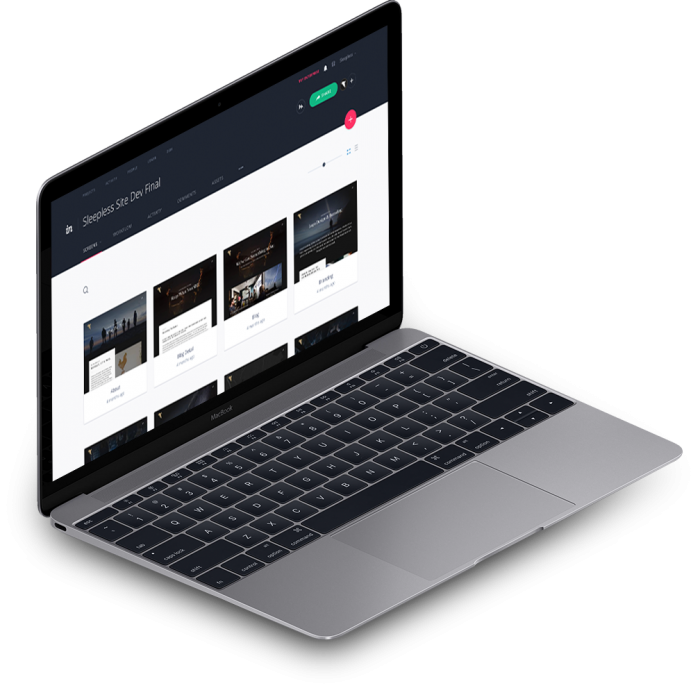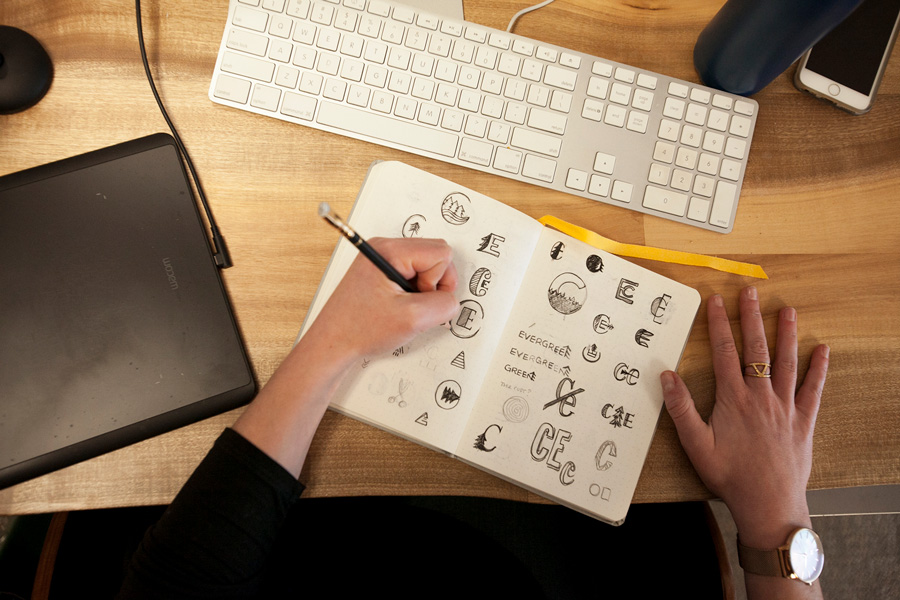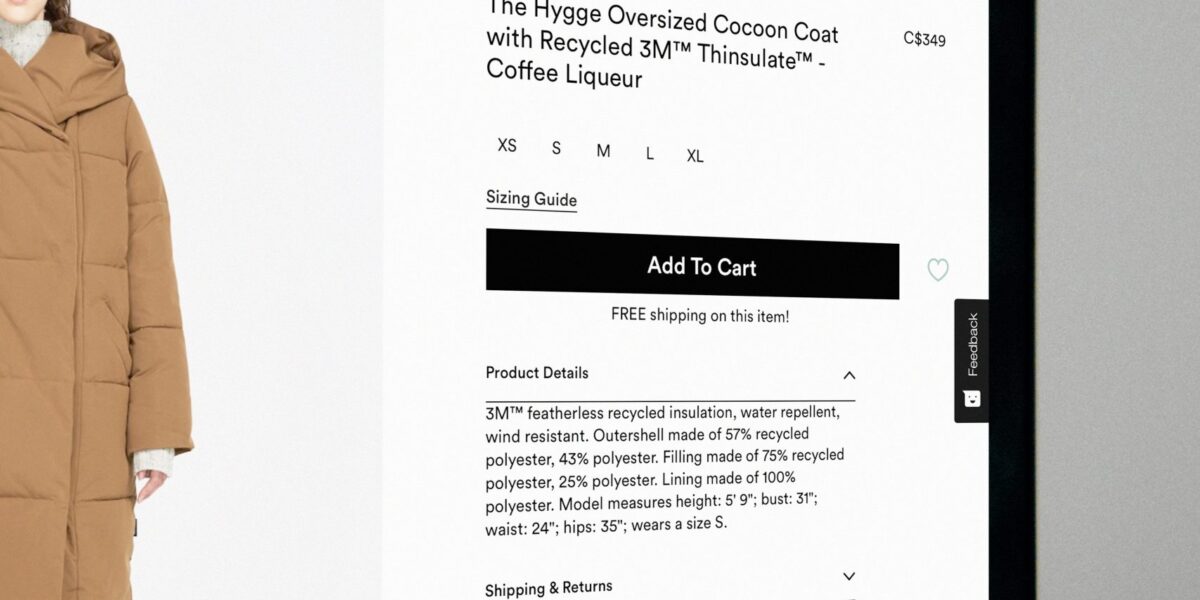We consider the design process very much a collaborative one. Clear and honest feedback from our clients is integral in making the most of any project. Here’s how our process works, along with a few tips and suggestions to make sure things move quickly, smoothly, and successfully.
Kickoff & Reveal
Upfront inspiration and information.
Our clients come to us knowing their company, product, or idea inside and out, having a great understanding of their needs and/or pain points. It’s our goal to get as close to their level of knowledge as possible. We like to be sent any and all specific concepts or thoughts that might be floating around their heads. Are there issues the current design isn’t solving? What are the ideal goals the design should solve. Inspirations and/or competitors? We like to get it all out on the table. This can prevent unneeded guesswork and start us down the right path from the beginning.
On a call or in-person, we love to hear everything.
It’s bad to keep those feelings bottled up and we want to hear those gut reactions. This can a great opportunity to walk through our thought-process and have an open dialogue about any issues now, or that might come up down the road. After the initial reactions, we then usually recommend taking a day to sit with the design and what we discussed. Sometimes our clients find their minds changing, or, at times, coming back to their initial thoughts. But, we find it’s good for them to take a little time to process and mull it over.
Feedback Time

Where to leave feedback.
Once our clients have had a chance to marinate on the design, it’s time for them to organize thoughts and get us their notes. Solidified comments can be given either via Email or InVision. Email is best for overall, bigger-picture notes, while InVision (which allows users to leave comments directly on design mockups) is great for diving in and pointing to specifics. If using InVision, we ask for a quick, short email to be shot over, letting us know that all comments are in and it’s officially time to jump into the next round of revisions. We request that clients avoid sending out feedback piecemeal, over multiple emails. Having all feedback for a round in one place greatly reduces confusion and will make sure info doesn’t fall through the cracks.
Is there a group of decision-makers?
There should be a meeting that includes all important parties, where items can be discussed and agreed upon by everyone. This can either be internal, or include us. Massive amounts of turbulence can occur if there’s conflicting feedback from multiple people, stopping progress cold in its tracks. We recommend having a single point-person (a “feedback wrangler” if you will) who can get us the concise and unified feedback.
Be timely.
At the beginning of every project we have a well thought-out timeline, and we want to aim to stay on track as closely as possible. Once the ball is out of our court, we ask that feedback is gathered within the next 24 to 48 hours. We know this isn’t always a feasible window, but the closer we all stick to the timeline, the fresher the project stays in all our minds, and makes for a much smoother process.
Tips
Ask questions.
If there’s ever a question as to why we did, what we did, we’re more than happy to have a chance to explain the reasoning behind our design decisions. There’s (almost always) a method to the madness. We love to jump on calls and hash it out! These discussions can create some of the best learning opportunities for both us and our clients.
Get specific.
We’re always learning, and want to get to the heart of why a client’s feeling a certain way. Discussing what is and isn’t working, as explicitly as possible, will help us all get to where we need to be faster and happier. Is there a font, color, placement, etc. or some other issue that came up? It’s okay if someone doesn’t know the design-lingo, we’re good at translating. With a better understanding of the project, we can figure out how best to solve the problem.
It’s okay to say “No” to things.
Yes, we’re the experts, but we want everyone involved to be happy with the end results, too. So, if there are any feelings that something just isn’t working, we want to hear about it. We promise, it doesn’t hurt our feelings… much. Again, we encourage a discussion of why it isn’t working, to make sure we’re all on the same page.
That’s about it! Close communication, collaboration and concise feedback can shorten a process that might take six weeks, down to three. If you have any other questions about our feedback, revisions, and approval process, let us know.
















